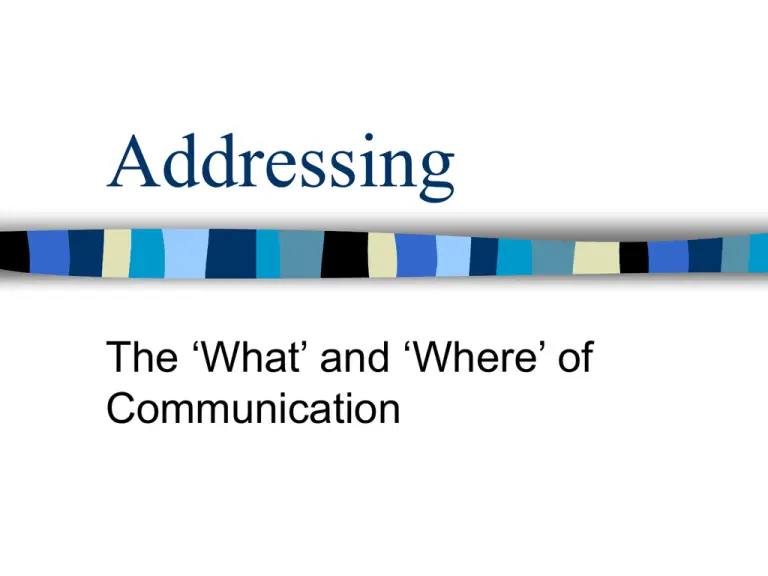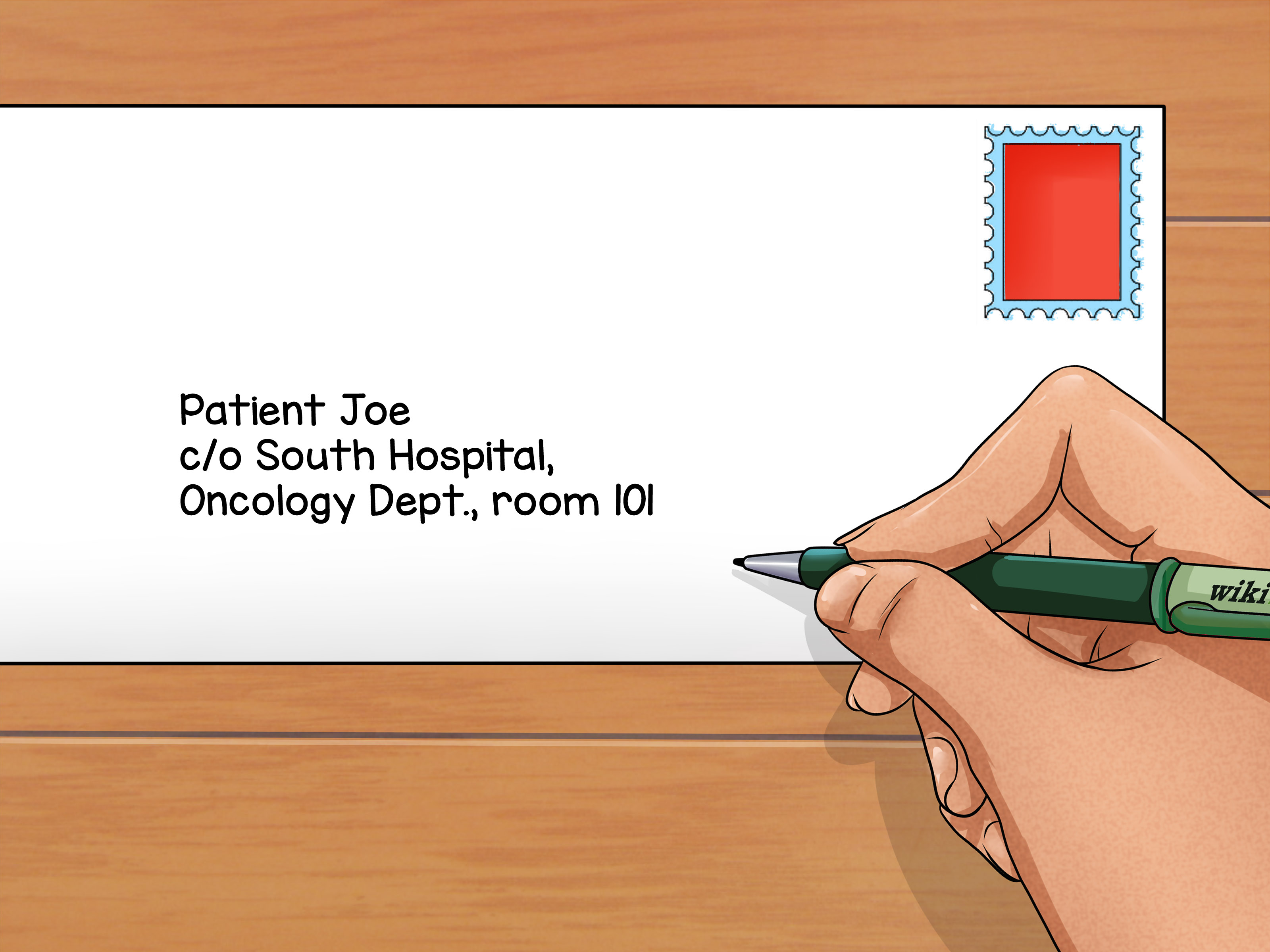Addressing ‘Failed Dependency’ in Maven Projects

In Maven, a ‘Failed Dependency’ error arises when a dependency declared in the pom.xml cannot be resolved or downloaded. This error hinders successful project compilation and execution. To rectify this issue, several troubleshooting steps can be implemented.

1. Check the declared dependency: Ensure that the dependency’s group ID, artifact ID, and version are correctly specified in the pom.xml file. Verify that the dependency’s coordinates are valid by visiting the Maven Central Repository or the relevant repository specified in the pom.xml.

2. Verify the repository URL: Examine the <repositories> section in the pom.xml to ensure that the correct repository URL is being used. If a custom repository is defined, ensure that it is accessible and hosts the dependency in question.
3. Check for missing transitive dependencies: Transitive dependencies are dependencies of a dependency. If a dependency mandates a specific transitive dependency that is not explicitly declared in the pom.xml, it can result in a ‘Failed Dependency’ error. To resolve this, manually declare the missing dependency.
4. Inspect the central repository: If the dependency is expected to be present in the Maven Central Repository, navigate to the repository’s website and verify the dependency’s existence. If the dependency is missing, it might indicate a versioning issue or an unavailable dependency.
5. Examine local dependencies: If the dependency is a local dependency (i.e., stored in the local Maven repository), ensure that the artifact is present in the local repository by navigating to the <local-repo> directory (typically ~/.m2/repository) and verifying its existence.
6. Disable the failing dependency (temporarily): As a temporary workaround, the failing dependency can be excluded from the build process by adding <exclusion> elements within the <dependency> element in the pom.xml. This should allow the build to proceed, but it is important to eventually resolve the dependency issue.
7. Force the dependency version: In some cases, overriding the version of a dependency can resolve the issue. This can be achieved by appending the version to the <dependency> element in the pom.xml using the <version> element. This method should be used with caution and may introduce compatibility issues.
8. Contact the dependency provider: If all troubleshooting steps fail, consider reaching out to the provider of the failing dependency. They may provide guidance on resolving the issue or suggest alternative dependencies.# Addressing failed Dependency In Maven Projects
Executive Summary
Failed Dependency is a common error message encountered in Maven projects. This issue arises when Maven is unable to resolve a dependency due to various reasons such as incorrect dependency declaration, version conflicts, or network issues. This article delves into the causes and provides comprehensive solutions to effectively address failed Dependency errors in Maven projects.
Introduction
Maven is a widely adopted build automation tool used in Java projects. It simplifies project configuration, dependency management, and builds through its declarative POM (Project Object Model) files. However, managing dependencies in Maven can be challenging, and developers often encounter failed Dependency errors. This article provides a comprehensive guide to understanding and resolving failed Dependency issues in Maven projects.
Root Causes of failed Dependency
- Incorrect Dependency Declaration: The dependency may be incorrectly declared in the POM file, resulting in Maven’s inability to identify it.
- Version Conflicts: If multiple versions of the same dependency are declared, Maven may fail to resolve the conflict and result in a
failed Dependencyerror. - Network Issues: Intermittent network connectivity or firewall restrictions can disrupt Maven’s ability to download dependencies from remote repositories.
- Repository Availability: The repository hosting the dependency may be temporarily unavailable or permanently down, leading to Maven’s failure to retrieve the artifact.
- Corrupted Dependency Cache: A corrupted local Maven repository cache can lead to dependency resolution issues and result in a
failed Dependencyerror.
Solutions to failed Dependency
Troubleshooting Dependency Declaration
- Verify Dependency Coordinates: Ensure that the
groupId,artifactId, andversionof the dependency are correct. - Check Repository URLs: Verify that the repository URLs in the POM file are valid and accessible.
- Inspect Project Inheritance: Examine the parent or dependency management sections to ensure that the dependency is not overridden.
Resolving Version Conflicts
- Force Dependency Version: Use the
dependencyManagementelement to force the desired version of the dependency. - Exclude Conflicting Dependencies: Exclude conflicting dependency versions using the
exclusionselement. - Reorder Dependencies: Adjust the order of dependencies in the POM file to prioritize the desired version.
Addressing Network Issues
- Use a Reliable Internet Connection: Ensure a stable internet connection during Maven execution.
- Configure Proxy Settings: Adjust proxy settings in Maven (using the
settings.xmlfile) to access external repositories. - Check Firewall Restrictions: Verify that the firewall is not blocking access to remote repositories.
Ensuring Repository Availability
- Check Repository Status: Visit the repository website to confirm its availability and uptime.
- Use a Mirror Repository: Configure a local or remote mirror repository to improve access to external repositories.
- Fallback to Cache: Enable Maven to fallback to the local repository cache in case of network issues.
Managing Corrupted Dependency Cache
- Clear Local Repository: Use the
mvn cleancommand to delete the local Maven repository and force a fresh download of dependencies. - Rebuild Project: After clearing the cache, rebuild the project to ensure that the dependencies are resolved successfully.
- Use Alternate Repository: If the local cache is corrupted, consider using an alternate repository or a different repository mirror.
Conclusion
Failed Dependency errors in Maven projects can be frustrating, but understanding their root causes and implementing the solutions outlined in this article can help developers effectively address these issues. By carefully troubleshooting dependency declarations, resolving version conflicts, addressing network problems, ensuring repository availability, and managing corrupted dependency cache, developers can ensure successful Maven dependency resolution and enhance their project’s build process.
Keyword Phrase Tags
- Failed Dependency
- Maven Dependency Management
- Maven Error Resolution
- Dependency Version Conflict
- Maven Repository Issues


I is really usefull the way this tutorial explain the topic. I don not know is really necesary to put a example of the full pom.xml in this document, but anyway it could behelpfull for a complete overview of how implement a dependency.
This has ben already solved by other users in the forum with previous versions of maven. I don’t undestand why this post highlight this problem again. Probably there is an error in the code example.
This problem had been solved and maven won’t stuck again in this ‘failed dependency’ state anymore. In more detail, you can place a placeholder in the pom.xml file:
com.google.cloud
libraries-bom
26.1.4
pom
import
This topic is really amazing because this is a critical issue when integrating in maven in a big project this could affect to multiple projects. The code example provided is also really helpfull to point the solution.
There is a few typos: 1. ‘failed Dependency’ : must have a space after failed 2. ’t stuck again’: must have a space after t 3. : : must have a space after colon
I can´t believe you write ‘failed dependency’, don’t you know to write it correctly?
The irony is that this tutorial could be useful if does not have so many typos!
Is very funny that the tutorial highlight a dependency error but the content has several syntactic errors. This must be a joke!
I have reading this article and I have learning a lot about this tool that I need it to use in my new job. Great post!
I don’t know if you is aware of, but some of the examples in this tutorial does not run at all, this post must be rewriten by someone with more experience.
I think this implementation should work, but I would like to hear from an expert if this is the best practice to solve this issue.